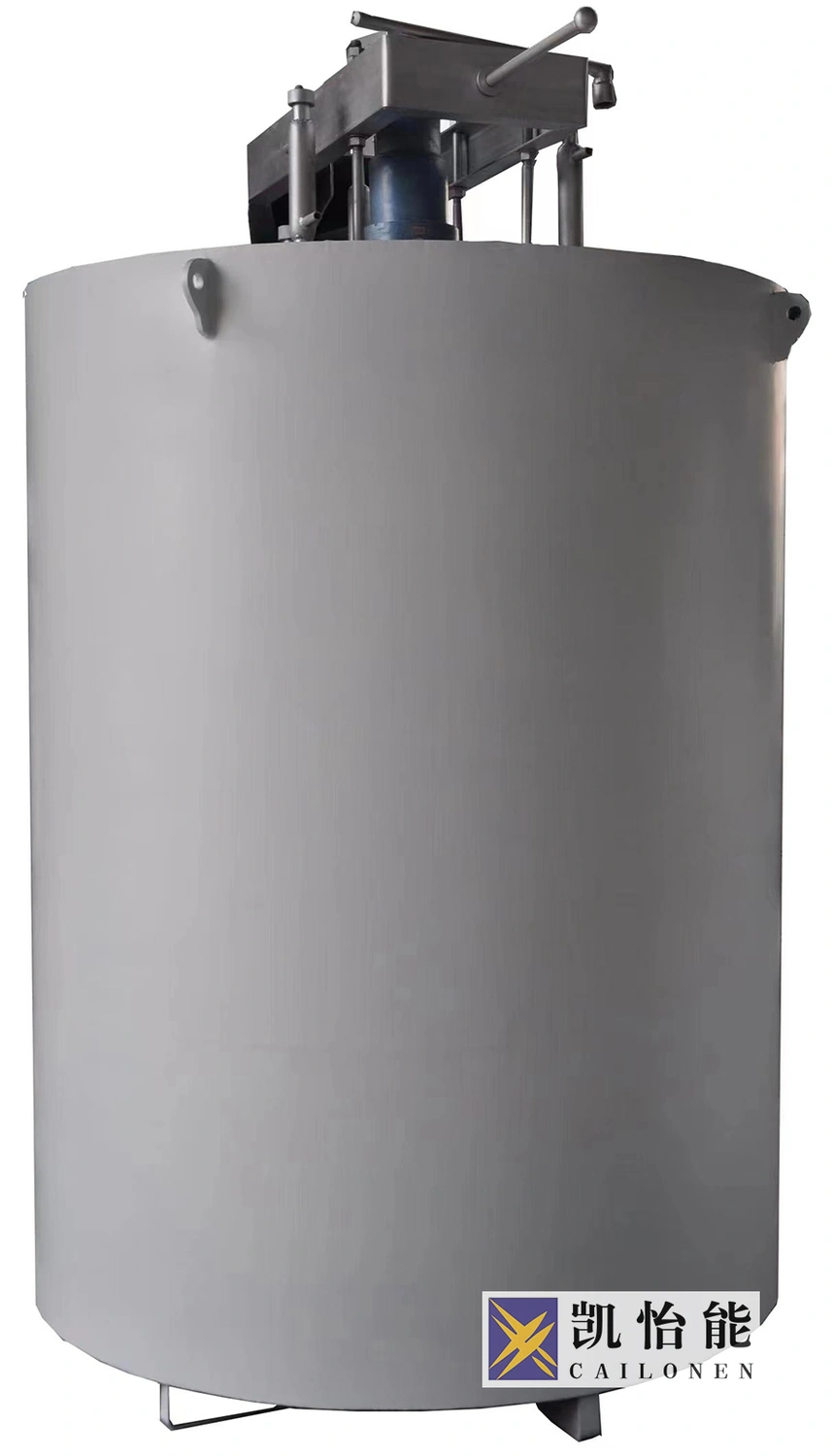
High-temperature aging furnaces are essential tools in various industries, including metallurgy, ceramics, and electronics, where materials and components need to be tested or treated at elevated temperatures to enhance their properties or ensure long-term stability. These furnaces simulate the effects of prolonged use or exposure to high temperatures, allowing manufacturers to assess the performance and durability of their products under harsh conditions.
Features of High-Temperature Aging Furnaces
High-temperature aging furnaces are designed to withstand extreme temperatures, typically ranging from 1000°C to 1800°C or higher, depending on the model. Key features include:
- Temperature Range: The ability to maintain accurate temperatures within a broad range is crucial for conducting various tests and treatments.
- Heating Elements: High-quality heating elements such as silicon carbide or molybdenum disilicide provide even heat distribution and longevity.
- Insulation: Advanced insulation materials like fiber refractory blankets or ceramic fibers minimize heat loss and protect the furnace shell.
- Control System: Precise temperature control through programmable logic controllers (PLCs) or dedicated software ensures consistent results.
- Atmosphere Control: Some furnaces offer the option to introduce controlled atmospheres, such as argon or nitrogen, to prevent oxidation.
- Cooling Systems: Integrated cooling systems allow for safe operation and extend the life of the furnace.
- Safety Features: Overheat protection, alarms, and emergency stop functions are standard safety measures.
Advantages of Using a High-Temperature Aging Furnace
- Property Enhancement: Materials that undergo high-temperature aging often exhibit improved mechanical, electrical, or chemical properties.
- Quality Assurance: Testing components under high-temperature conditions helps ensure product reliability and safety in real-world scenarios.
- Research and Development: These furnaces enable researchers to study material behavior at extreme temperatures, leading to innovations in material science.
- Cost Efficiency: By identifying potential issues before products reach the market, companies can save costs associated with recalls or customer complaints.
Considerations for Purchasing a High-Temperature Aging Furnace
When investing in a high-temperature aging furnace, several factors should guide your decision:
- Application Requirements: Define the specific needs of your application, including the maximum operating temperature, the type of materials to be tested, and the required atmosphere.
- Performance Specifications: Evaluate the precision and uniformity of the temperature distribution, heating rate, and the capacity of the furnace.
- Reliability and Durability: Choose a well-constructed furnace from a reputable manufacturer known for producing reliable equipment.
- Energy Efficiency: Consider energy consumption and look for energy-efficient models to reduce operational costs.
- Safety: Ensure the furnace meets industry safety standards and includes necessary safety features.
- After-Sales Support: Reliable after-sales service, technical support, and warranty options are crucial for long-term use.
- Budget: Weigh the initial investment against the total cost of ownership, including maintenance, energy usage, and potential repair costs.
A high-temperature aging furnace is an indispensable tool for ensuring the quality and reliability of materials and components that operate under extreme temperature conditions. By carefully considering the needs of your application and selecting a furnace with the appropriate features and specifications, you can enhance the performance and longevity of your products. With ongoing advancements in furnace technology, these devices continue to play a vital role in material testing, quality assurance, and research and development across various industries.
